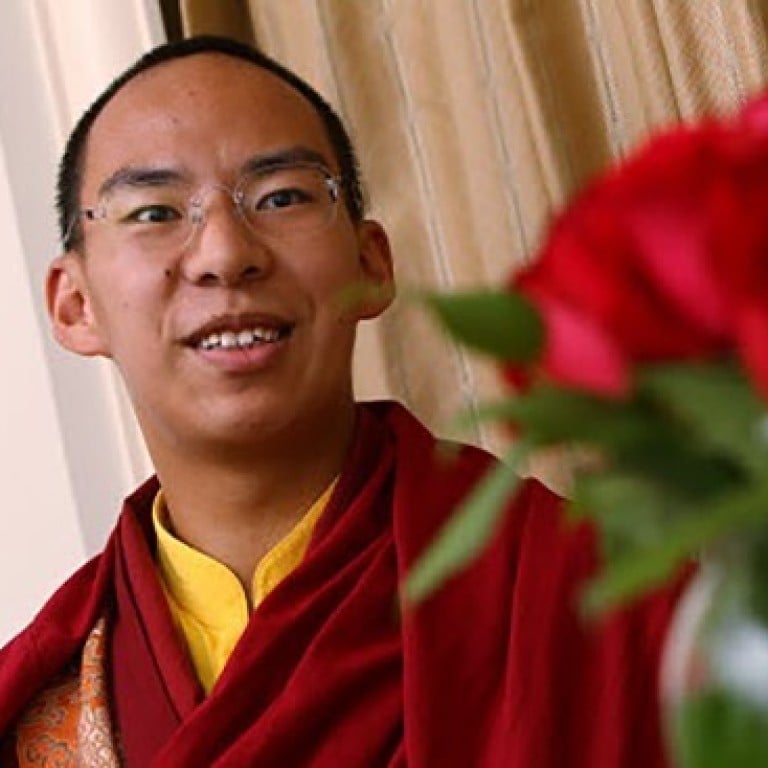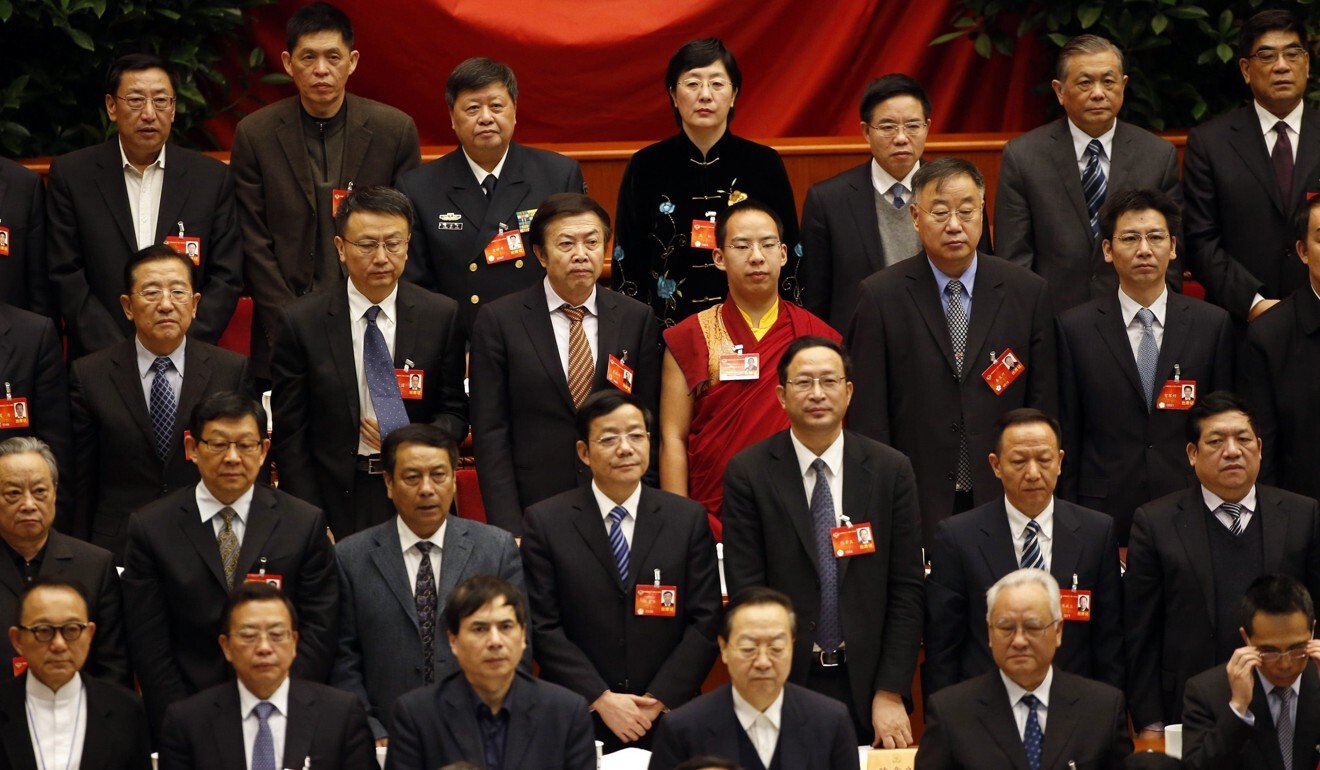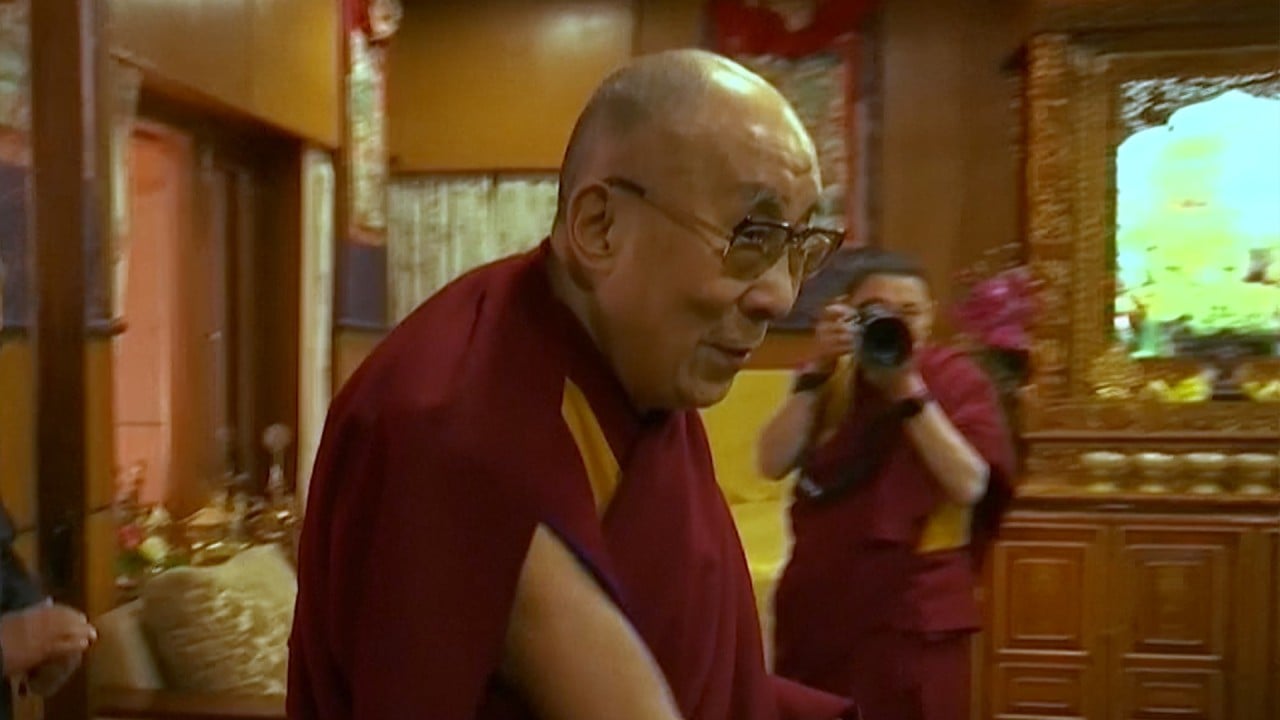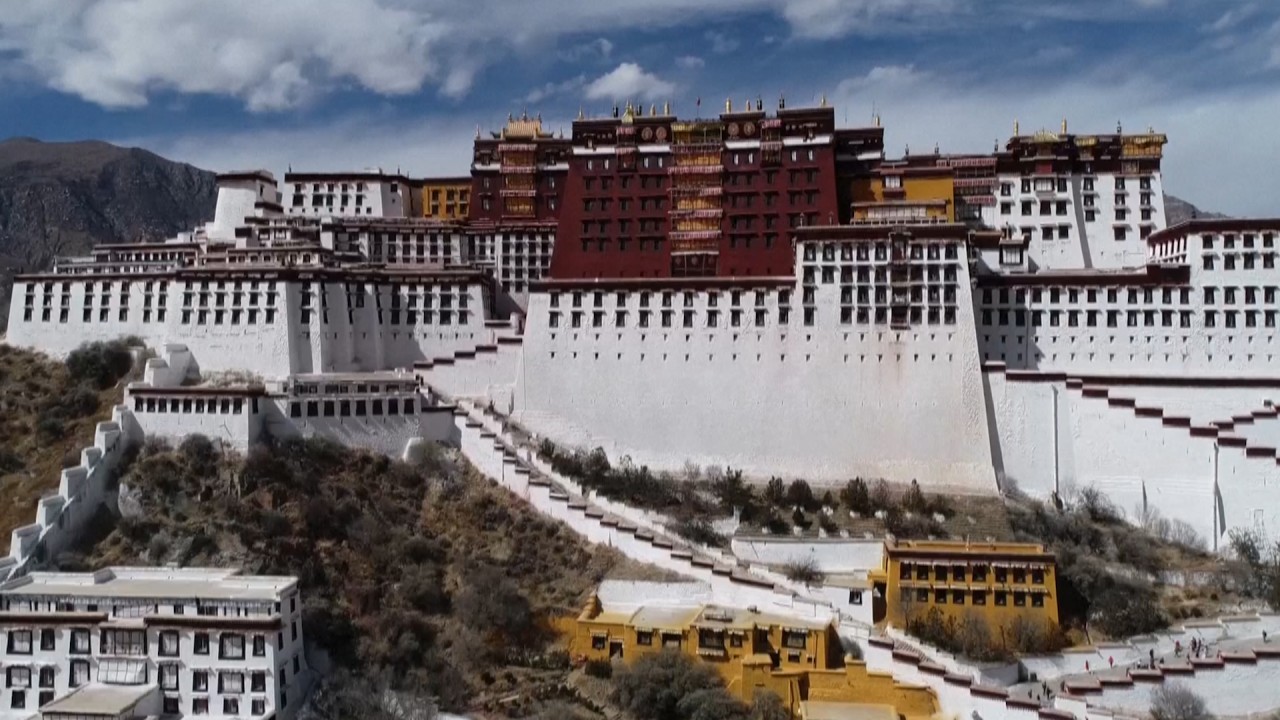
Will China’s ‘official’ Panchen Lama, now 30, take a bigger role in Tibet?
- Beijing selected Gyaincain Norbu in 1995 to be the second-highest figure in the spiritual hierarchy, rejecting the boy identified by the Dalai Lama
- He’s a member of a top Communist Party advisory body but a Chinese government adviser says he is unlikely to have much political influence
A decade ago, after he was appointed as a 20-year-old to a top advisory body, the Standing Committee of the Chinese People’s Political Consultative Conference, there was speculation that he would follow in his predecessor’s footsteps and eventually become a state leader.
The Chinese government has since then tried to make Gyaincain Norbu an official face of Tibetan Buddhism. He took his first trip outside the mainland in 2012, visiting Hong Kong for the Third World Buddhist Forum. In May last year he travelled to Bangkok, giving a speech at a Buddhist university and attending other events. Also in 2019, he was named head of the Tibet branch of the Buddhist Association of China, which oversees all monasteries in the Himalayan region.

While it is no secret that Beijing has wanted him to eventually take the place of the 14th Dalai Lama – Tibet’s exiled spiritual leader who is now 85 – there is so far no sign that Gyaincain Norbu has any political influence. The party’s Tibet policy has shifted in recent years to become less reliant on religious figures to keep the restive region under control, and according to a Chinese government adviser, it is unlikely Gyaincain Norbu will take on any major political role in the future.
China’s Panchen Lama vows to uphold ‘glorious tradition’ of patriotism
Far from that, Tibet scholar Robbie Barnett noted that the Panchen Lama had been “educated” about the importance of party leadership in August, during a meeting with the region’s chief, Wu Yingjie.
“Wu gave him a protracted lecture on loyalty to the party and then handed him a volume of writings by [President] Xi Jinping … almost as if he was an errant schoolboy whom Wu had been told to punish,” said Barnett, a professorial research associate with SOAS University of London.

Another expert on Tibetan affairs with a government think tank in Beijing said Gyaincain Norbu would continue to be a religious leader, but not a political one.
“I don’t see him having a more important role … the policy to separate religion from politics has been successful [in Tibet]. Politics and religion doesn’t mix and this [move] has been comprehensive,” said Xiao Jie, an assistant fellow with the Institute of Contemporary Studies at the China Tibetology Research Centre.
“I don’t think religious figures will play a major role in [Beijing’s] Tibet policies. [These] are developed under the leadership of the Communist Party – I don’t think we need him [in politics],” Xiao added.

01:30
Dalai Lama says his successor may be found in India
According to Barnett, the importance of religious figures like the Panchen Lama could also change.
“I believe that the promotion of surrogates will depend on when their dialecticians decide that China has achieved the separation of politics and religion in the minds of Tibetans and other non-Chinese – something the Chinese last thought they had achieved in the Cultural Revolution,” he said.
“If they think that has been achieved and religion is no longer powerful in ideological formation among the non-Chinese nationalities, then they will presumably downgrade the importance of the surrogates. That would be very interesting to watch. That can happen any time,” Barnett said.
Does the ghost of a conflict lie at the bottom of a Tibetan lake?
But Tsering Topgyal, an assistant professor in international relations at the University of Birmingham, said Beijing cared about image and symbolism, and noted that the CPPCC committee role was a political appointment.
However, among Tibetans, he doubted that Gyaincain Norbu was either popular or influential.
“Even in Shigatse, where the home monastery of the Panchen Lamas, Tashi Lhunpo, is located, it is known to be rare to see portraits of Gyaltsen Norbu in most private establishments outside the monastery,” Tsering Topgyal said, using his Tibetan name.
In contrast, “portraits of the 10th Panchen Lama are ubiquitous and poems and songs about him are popular across the vast Tibetan plateau”, he said.

After the 10th Panchen Lama died in 1989, the Dalai Lama identified six-year-old Gedhun Choekyi Nyima as his reincarnation in 1995. But Beijing instead selected its own reincarnation of the “living Buddha”: Gyaincain Norbu. Gedhun Choekyi Nyima disappeared soon after, though the Chinese foreign ministry last year said he was living a normal life after graduating from university.

01:04
Three-century-old blueprints of Tibetan Potala Palace revealed
According to Barnett, Beijing has adjusted its policy focus in recent years from targeting key individuals to the entire non-ethnic Chinese population.
Chinese President Xi Jinping turns focus onto Tibet border security
“This switch to total inner transformation of the non-ethnic Chinese is obvious from the Xinjiang detentions, and it’s also clear from the final statement on the Seventh Forum on Tibet Work [in August], where the longest section of Xi’s speech appears to have been not about security but about intensification of ideological education in schools,” he said.
“Since around 2011, the party has been aiming at total, inner transformation of the minds of members of non-Han nationalities – not just of key individuals as in the past, but of entire populations.”

